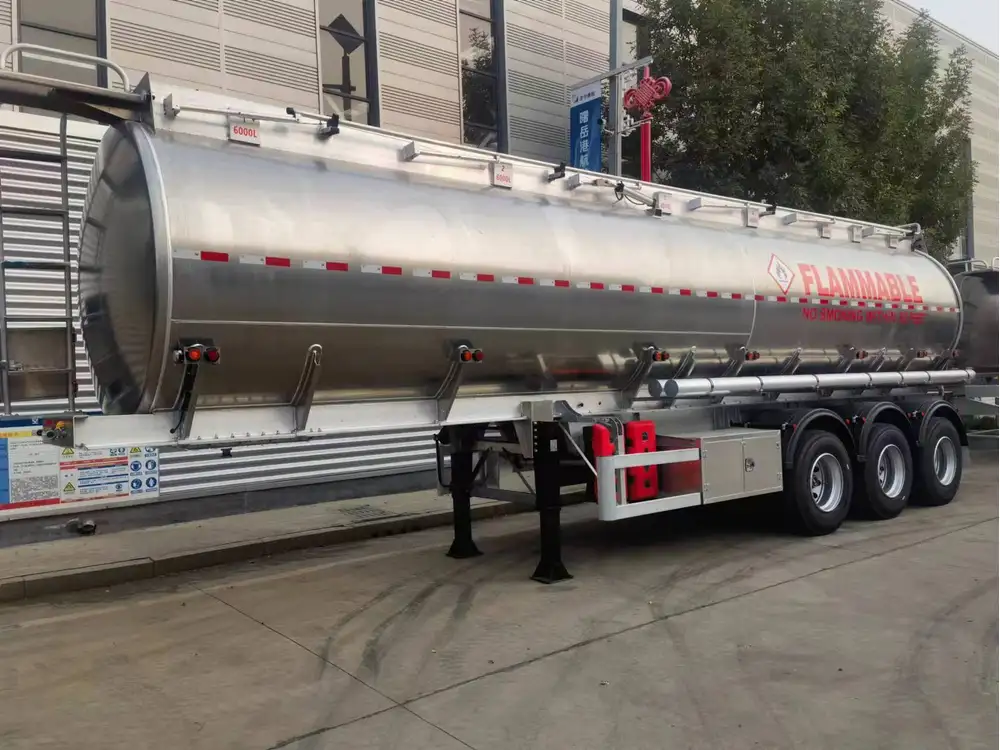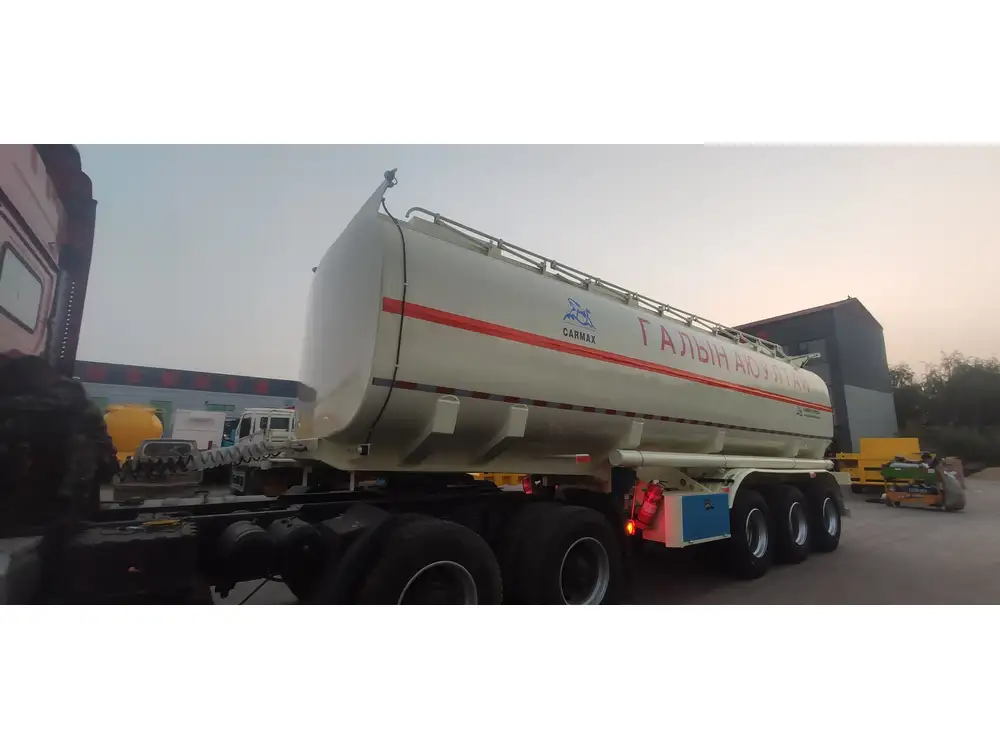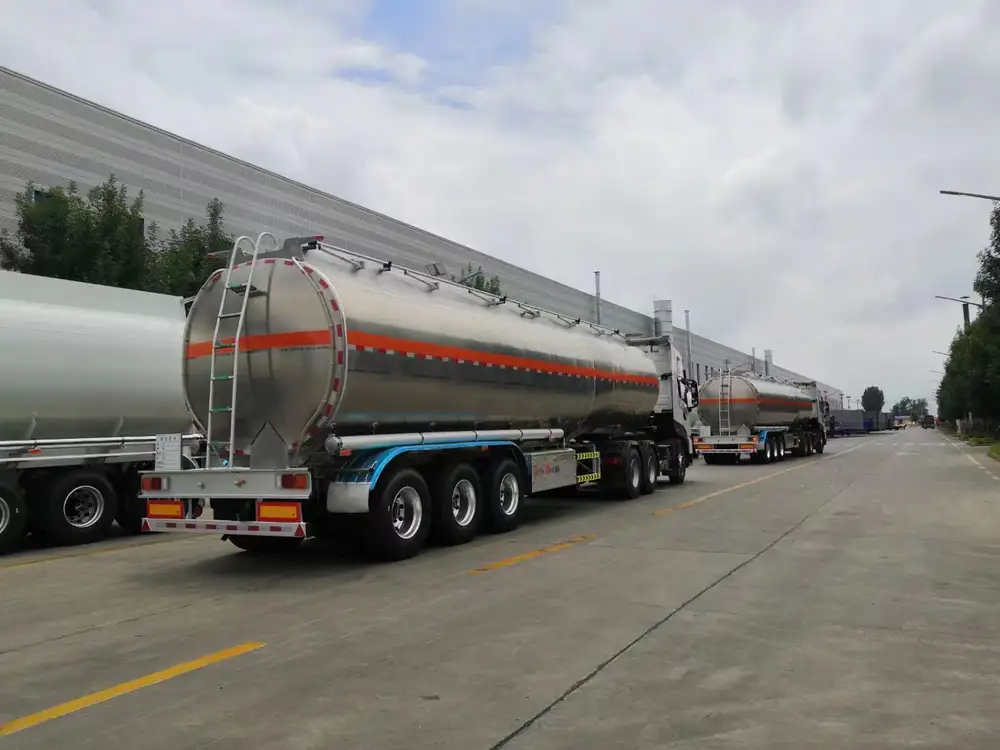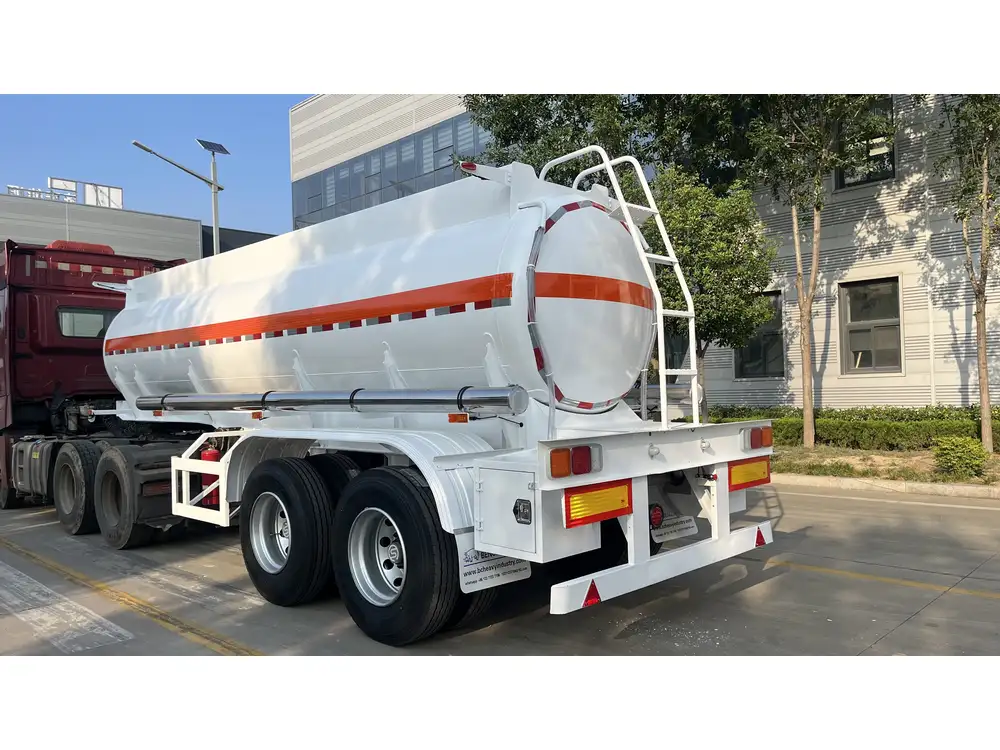When in need of reliable water transport solutions, looking for a “water tanker small for sale in Liberia” can open a floodgate of options tailored to diverse needs. From agricultural applications to construction projects and emergency services, the right water tanker can significantly enhance operational efficiency. This comprehensive guide explores everything you need to consider when purchasing a small water tanker in Liberia, highlighting critical specifications, advantages, and pertinent tips to ensure a successful acquisition.
Understanding Your Needs: Assessing the Purpose
Before diving into different models or prices, it’s essential to identify the specific purpose your water tanker will serve. Here are some scenarios to consider:
| Purpose | Specifications to Consider |
|---|---|
| Agriculture | Requires a tank size of 500-2000 liters, with a pump for irrigation. |
| Construction | May need a larger capacity (up to 5000 liters) for dust suppression and site clean-up. |
| Emergency Services | A compact size (400-1000 liters) allows easier transport during crises, with quick discharge mechanisms for firefighting. |
| Residential Use | Smaller tanks (200-1000 liters) to supply water for household use or gardening. |
Key Features to Look For
After understanding the operational requirements, focus on the essential features a water tanker should possess. Investing in a unit with robust specifications ensures longevity and reliable service.

Tank Material
The material of the tanker plays a vital role in its durability and maintenance. Common options include:
- Steel: Highly durable, providing excellent resistance to punctures. However, it may rust if not maintained properly.
- Aluminum: Lighter than steel, aluminum tankers resist corrosion but can be more expensive.
- Polyethylene: A cost-effective, lightweight solution; however, it’s more suitable for smaller volumes and might not withstand heavy-duty applications.
Pump Quality
The efficiency of the pump is paramount. Consider:
- Flow Rate: For agricultural and construction purposes, a higher flow rate (i.e., 1000 liters per hour) can drastically reduce the time required for filling or discharging.
- Power Source: Choose between electric or diesel pumps depending on availability and preference for maintenance.
Size and Capacity
Determining the appropriate size and capacity of the water tanker may require some forecasting based on demand:
- Capacity Ranges: Typically, small water tankers come in capacities ranging from 200 liters to 5000 liters.
- Dimensions: Ensure the dimensions align with your transportation capabilities, especially if transporting with a smaller vehicle.

Advantages of Using a Small Water Tanker
Using a small water tanker has extraordinary benefits. Understanding these advantages can make the case for potential buyers.
Cost-Effectiveness
Smaller tankers often come at a reduced purchase price compared to larger units, making them ideal for small businesses or individuals with limited budgets. The lower operational costs, including fuel consumption and maintenance, amplify these savings over time.
Versatility
A compact design allows for easier navigation through narrow lanes or crowded areas, making small water tankers suitable for urban settings. They can be used in a multitude of environments, including:
- Urban areas for residential water delivery.
- Farms for irrigation purposes.
- Construction sites for dust control.

Easier Maneuverability
Small water tankers can be towed by lighter vehicles, offering flexibility and ease of use. This characteristic makes them a preferred choice for smaller operational scales with varied daily requirements.
Industry Insights: Market Trends in Liberia
In Liberia, the market for small water tankers is evolving, driven by urbanization, agricultural needs, and climatic demands. With the rising instances of water scarcity, the need for efficient water delivery systems is paramount. Here are some notable trends:
- Increased Demand for Customization: Buyers are showing a growing preference for custom-built units tailored to specific uses, leading manufacturers like CarMax Vehicle to innovate designs that meet various operational needs.
- Eco-Friendly Options: There’s a shift towards environmentally friendly materials and designs that reduce carbon footprints. This trend aligns with global sustainability goals and local governmental initiatives.
- Affordable Financing Options: More financing solutions are being offered to make small water tankers accessible to a broader audience, especially for farmers and small business owners.
Tips for Purchasing a Water Tanker in Liberia
Navigating the market can be daunting. Here are essential tips to facilitate a smooth purchasing journey:

Research Reputable Manufacturers
Opt for established manufacturers who offer products recognized for quality and durability. CarMax Vehicle, known for its exceptional semi-trailer manufacturing, extends its innovation to small water tankers, providing reliable vehicles equipped with quality tanks and pumps.
Check Local Regulations
Before finalizing your purchase, ensure compliance with local regulations regarding tank size and materials, especially in urban settings. Understanding legal requirements can facilitate the approval process for use.
Inquire About Maintenance Support
Choose a manufacturer that offers reliable after-sales support. Maintenance is crucial to prolonging the life of your tanker.

Evaluate Warranty and Service Packages
Assess warranty terms and service packages offered. Comprehensive warranties can safeguard your investment against unforeseen defects or issues.
Consider Total Cost of Ownership
Beyond the initial purchase price, evaluate operational costs, including maintenance, fuel, and potential repair costs over the tanker’s lifespan, providing a clearer financial picture.
Frequently Asked Questions (FAQs)

1. What size water tanker is suitable for small farms in Liberia?
A water tanker with a capacity between 500 to 1000 liters is generally suitable for small farms, as it provides adequate water for irrigation without overburdening transport vehicles.
2. How often should I maintain my water tanker?
Regular maintenance is essential. Inspect and service your water tanker at least once a year, with additional checks after heavy use or adverse weather conditions to ensure longevity and reliability.
3. Are there financing options available for purchasing a water tanker?
Yes, many manufacturers and dealers offer financing solutions tailored for small business owners and farmers to make acquiring a water tanker more feasible.

4. Can I customize my water tanker?
Yes, customization options are available with many manufacturers, allowing you to tailor your water tanker to meet specific operational needs, such as tank size, pump type, or additional features.
Investing in a small water tanker in Liberia opens up countless opportunities for enhancing your operational capabilities. From ensuring a steady water supply for agriculture to addressing urban water delivery challenges, the right choice can make a significant difference. Explore your options with confidence and seize the benefits of a reliable water transport solution tailored to your needs.













Reviews
There are no reviews yet.